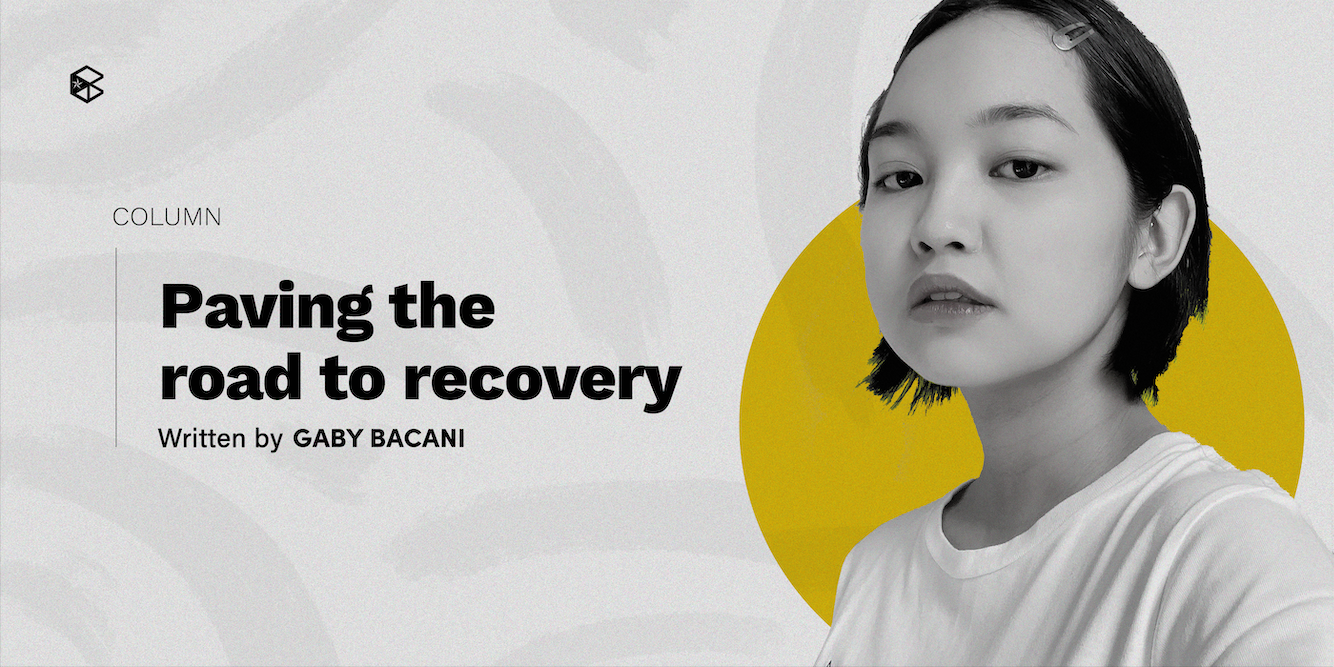Growing up, I always prided myself in being an overachiever. Not knowing any better, I never questioned as to why exactly that was. My parents were glad I followed their footsteps. The “real” world, as they warned, was cold and unforgiving; it only rewarded those who were willing to put in the work.
Fast forward a few years and I continued to do relatively well. Being the eldest daughter in my household, duty was already second nature, so I was happy welcoming new changes that college, school organizations, and a part-time job had to offer. However, it soon went downhill—deadlines started piling up, relationships got harder to maintain, and the impending uncertainty of life post-graduation was staring me right in the face. Even the smallest setbacks ticked me off. All sorts of emotions were bubbling beneath the surface, fighting to claw their way out of my mind at any given time.
The initial solution to this was to drown myself in tasks. More time “grinding” meant less time crying, right? It worked for a while, until it didn’t. My body shut down as months flew by, leaving me susceptible to fatigue, disinterest, and bouts of irritability. Needless to say, my instability was hurting the ones I love, and ultimately, myself.
Picking up the pieces
Getting help, especially during a global pandemic, was terrifying, to say the least. Sitting in a small, white room with a stranger made my problems pale in comparison to the chaos that was devastating the country. At the same time, putting a name to what I felt with said stranger seemed overwhelming, making my pain feel more real. But I knew it was necessary. Slowly but surely, I began to challenge the belief that my time and energy were limitless. It started with setting non-negotiables—what foods to eat, which medicine to consume, when and where I should be sleeping; with these balanced out, I’d be giving my recovery a fighting chance.
Then came connection—building new relationships, and rekindling old ones, was therapeutic in and of itself. I was reminded by my friends, family, and partner that a whole world existed outside of my worries, and that I could rest knowing that I was never alone.
The last part is by far the hardest. Even after several therapy sessions and a ton of introspection, it’s still a daily struggle to tell myself that my mental illness is not my fault—the anxiety and depression I feel from inactivity comes from years of trauma and inculturation, still taunting me when I least expect it. This same battle is fought by millions of people worldwide, with circumstances under the pandemic adding more fire to the flame.
Things people with mental illness do to cope may vary from person to person. When done healthily, a better understanding of one’s self moves forward. Personally, activities like painting and playing video games have helped me have fun every once in a while, easing my stress in the process. The guilt I feel when I do nothing is still there, but I’m slowly learning to let it go.
The importance of realistic recovery
It goes without saying that healing is more than what they tell you in the self-help books and how-to videos. Putting that idea into practice, however, is where things get hard. While healthy routines set the foundation to recovery, it’s important to remember that reflection, recharging, and refocusing cement it.
It’s also important to know that none of this should ever be rushed. Self-care is often quite messy and repetitive, almost painstakingly so. As long as you keep trying, relapses will never mean that you have failed. It’s your life, and you should care for it in your own time, and on your own terms.
This article is also published in The Benildean Volume 7 Issue No. 2: Restored.


